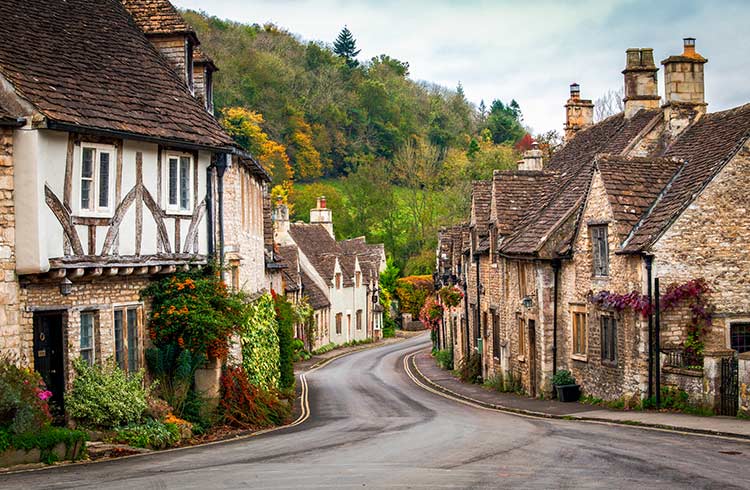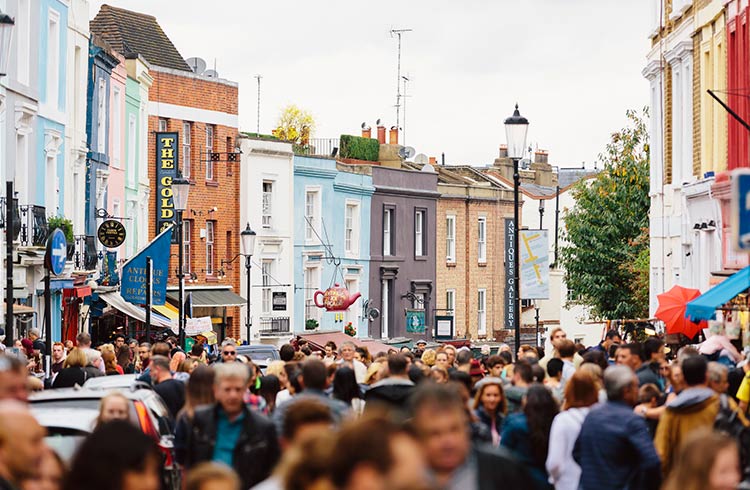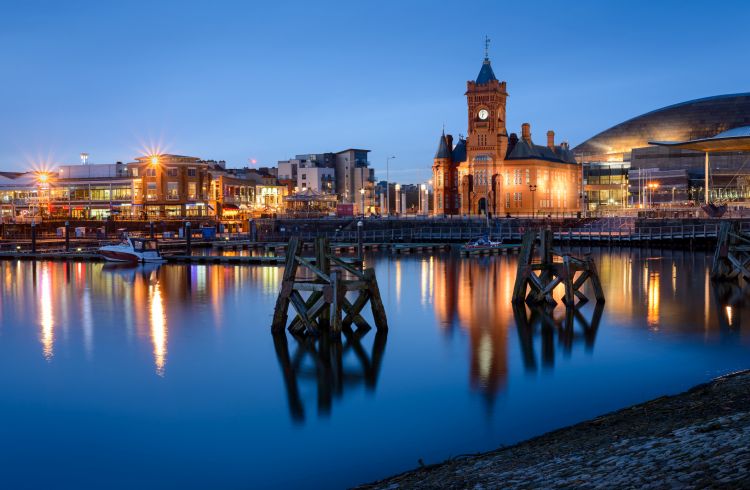Road Tripping England: Safe Driving Tips for Travelers
Taking a road trip in the United Kingdom? Here are our tips on surviving the roads, from roundabouts to highways and byways, this is what you need to know before driving in England.
 Photo © Getty Images/joe daniel price
Photo © Getty Images/joe daniel price
Both driving and walking the streets of major urban areas like London can be tricky in England. The traffic is often slowed to a crawl by congestion, especially during the rush hour periods which are usually early mornings and late afternoons – avoid traveling at these times if you can. If not, try and make sure you allow plenty of time to get to your destination.
Sometimes, when road motorists do get a bit of open road, they can be speedy and reckless, probably due to the frustration of waiting in a queue of traffic for so long.
The English drive on the left side of the road, so if you're unfamilar with this, take extra precaution when driving.
Pedestrian safety in England
If there is any road in London you need to be particularly cautious, it's the famous shopping strip: Oxford Street. It gets so crowded on the footpath that you will be brushing shoulders with complete strangers.
When you need to cross the road, don't step out without looking in both directions. Many minor accidents occur, and pedestrians often cross in the street instead of at intersections and designated crosswalks.
There are two types of pedestrian crossings in London: zebra and pelican – and we're not talking about animals.
The zebra crossing is your standard black and white crossing, with flashing lights beckoning you to cross. However, the trick here is that you must actually start walking before cars stop – this can be a real test of your nerves.
The second type of crossing, a pelican crossing, is controlled by traffic lights which stop the traffic for you, and are mostly seen on busier roads.
Swings and roundabouts in England
London has its notorious roundabouts, which can get confusing for even the best of drivers. Roundabout etiquette involves yielding to traffic coming from your right.
The English also like to get a bit crazy with something called the double roundabout. This is basically a roundabout on top of a roundabout, and you still let traffic come in from the right first.
But if you're not confident with roundabouts, it might be best to avoid driving in the town of Swindon, where the town planners have installed an incredibly confusing roundabout. There are seven roundabouts in one, and it's worth reading up on how to drive here if you're not too sure.
Highways and byways in England
Roads are split up into four categories:
- Motorways
- A roads: Fast roads through country towns
- B roads: Secondary roads
- Farm roads and small roads.
Country roads are often very tiny, sometimes with just one-lane, and you may have to move over to let another car pass.
Parking rules stipulate that if there is no line, you can usually park. Parking on a double yellow line or along a curb is illegal.
If you are driving a vehicle between 7am to 6pm Monday to Friday within the charging zone, then a congestion charge applies. The cost per day is 11.50 pounds and can be paid online. You will know if you are in the congestion zone, as there are signs displayed on the roads. If the fee is left unpaid when you leave the country, your fine will be doubled.
Public transport in England
Maybe avoid driving all together. Public transportation is not regarded highly in London, but it's the better way to get around, especially if you get an Oyster or travel card. Once you add in car hire and parking fees, the costs grossly outweigh the inconvenience of taking the bus. Plus, you'll probably get to your destination quicker than if you traveled by car.
Related articles
Simple and flexible travel insurance
You can buy at home or while traveling, and claim online from anywhere in the world. With 150+ adventure activities covered and 24/7 emergency assistance.
Get a quote


2 Comments
Is it illegal for a learner driver with an instructor(parent) to do a simulated emergency brake test on a public road assuming no incident and no other road users put at risk?
If it is illegal what is the likely charge ?
I intend to drive for just 8-10 days in Scotland. Is there a maximum age where drivers can get insurance?